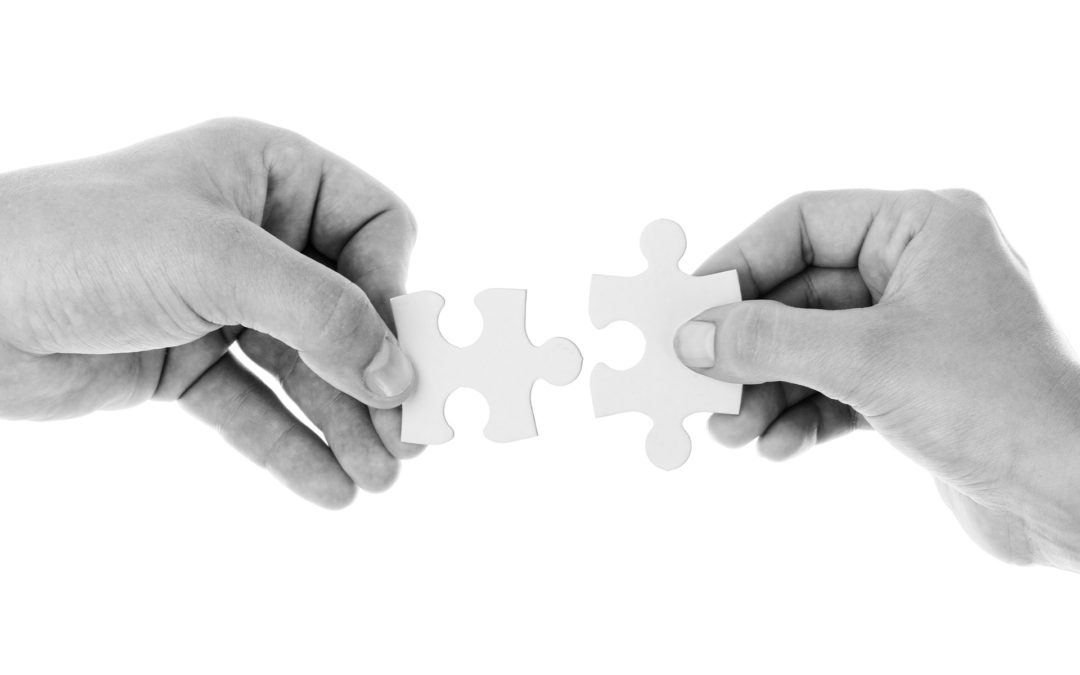THE ENABLING MATRIX
When a substance user’s behavior becomes a continual negative spiral downward in life, more and more pressure gets put on the family members or friends to fill in the gaps and fix problems. These problems are being creating as a direct consequence of using substances or a by-product of using. The loved one truly wanting to help the addict and perhaps not knowing what to do except to do gives into the immediate demand or “need”, whether it be paying bills, calling in sick for the substance user, providing bail money or making excuses for them. Slowly but surely, it seems that the matrix of enabling grows as the substance user racks up more and more fallout from the using lifestyle. The enabler may start to take over major areas of life responsibility for the addict such as the raising of grand children or letting a substance user live back at home. The matrix is fully developed as the enabler 1) accepts the unacceptable, 2) takes on responsibilities not their own and 3) denies the truth of the situation to self and others.
Helping vs Enabling
The difference between help and enabling is defined by whether or not the addict can work to fix the problem themselves or not. When they can but they want someone else to do it, it is enabling. “Help” is often defined as doing something that another cannot do for themselves like teaching a child to tie shoes. We would never say that we are “enabling” a young child when we are teaching this. But if that child knows how to tie and still wants for parents to tie shoes at age 6 or 7, it becomes enabling if the parents do it. Enablers must think about the consequences of what will occur if they keep doing the enabling behaviors. If we are using the shoe tying example, it would be much easier for one parent to say to the other, “If you keep tying shoelaces for him, then he will never learn to do it for himself and be responsible with that.” Mental and emotional confusion sets in for the enabler if he/she assumes, despite evidence to the contrary, that the addict wants to be, will be and is being responsible with all aspects of self are, which is what the addict wants the enabler to believe. Not letting the substance user/addict define the reality is very important. Enablers must not allow themselves to believe that each demand for enabling is caused by a coincidence or isolated event in the addict’s life.
But enablers are caught between hope and fear. They hope that with each small positive word or behavior from the addict, that he/she will start a continual pattern of the such. The flip side of that is fear that upsetting the apple cart by setting boundaries will be the source of negative consequences. Addicts will, “up the anty” when boundaries are enforced. They will often accuse their enabler of not caring for them or loving them and make threats of what bad things will happen to them if they don’t get what they want. They may even say that the bad consequences will be all the enabler’s “fault”. They do not see the addictive behavior as the source of the consequences but the withdrawal of enabling as the source of the problem. They may even threaten to disappear or cut off relationship and will use the biggest fear of the enabler in order to manipulate to continue the enabling system.
Are You Enabling a Loved One?
If you wonder if you are enabling, you can ask yourself the question, “Am I working harder to help this person find recovery than he/she actually is”? If you answer “yes”, then it is time to work on powering through changing your own enabling behaviors, so as not to create a comfortable environment in which the addict can continue using. The consequences and having to fix those through their own efforts and action is what gets an addict sober. Do not fall into the sympathy trap and the complicated matrix of fixing. This only makes it worse. Let go of those behaviors. The enabler does not have to cut off relationship with the substance user in order to stop the enabling. Creating distance can be a useful tool for self-reflection and developing a plan of action. Seek professional expert advice as well to help gain the much needed clarity and accountability to stop the enabling one day at a time.


Recent Comments